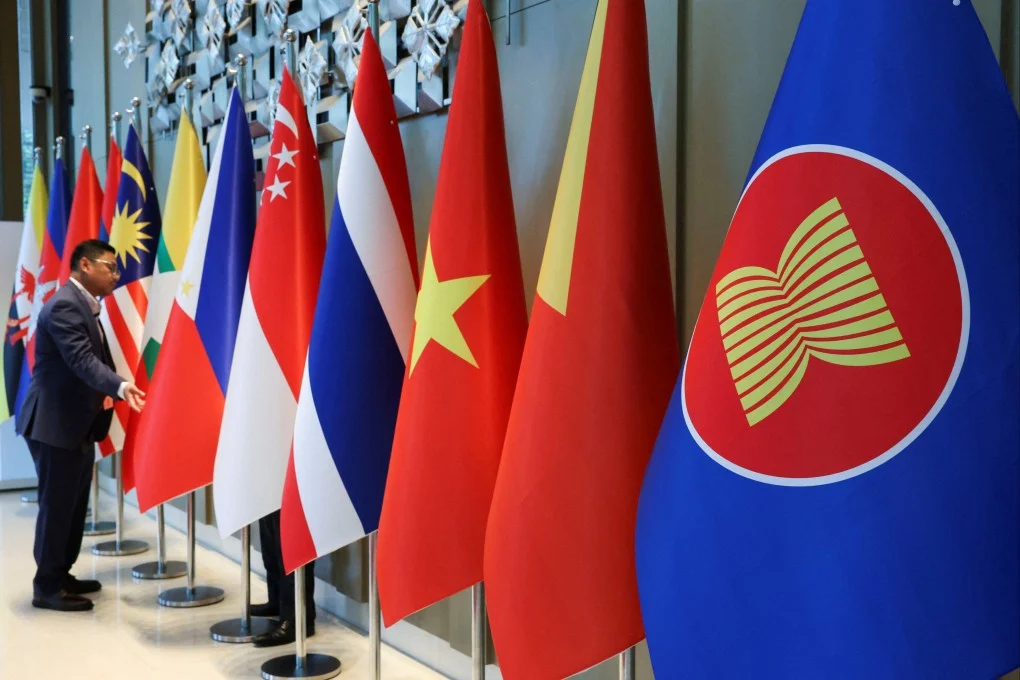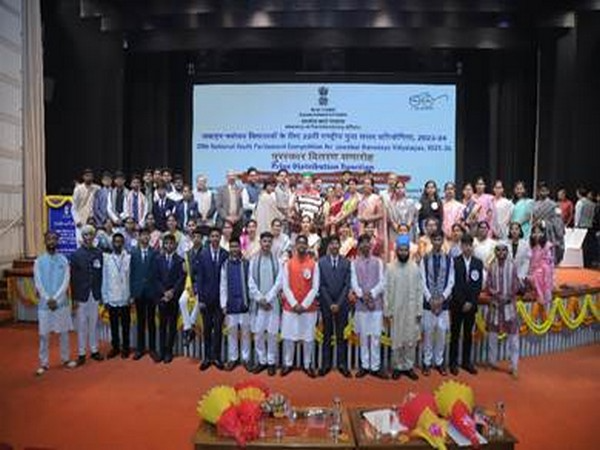U.S. tariffs favour Asia?
U.S. Tariffs and Asia Winners, Losers, and Shifting Economic Landscapes
1. A Strategic Shift Amid Trade Protectionism
The introduction or adjustment of U.S. tariffs has sent ripples through the global economy, prompting Asian economies to recalibrate production, trade relationships, and investment strategies. While these tariffs primarily aim to protect American industries steel, aluminum, solar panels, or electric vehicles they often produce unintended beneficiaries. Asia, with its low cost manufacturing ecosystems and export led growth, has become both an epicenter for corporate reallocation and an opportunistic zone for market entry. As costs rise in the U.S. and China, countries like Vietnam, India, Malaysia, and South Korea are seeing new export opportunities and foreign direct investment (FDI) shifting their way.
2. Rewriting Supply Chains and Realigning Investment
One of the most visible impacts of U.S. tariffs has been company driven shifts in supply chain architecture, predominantly away from China. Manufacturers in electronics, automotive, and consumer goods are placing greater emphasis on Southeast Asia, including Vietnam and Thailand, not only to avoid punitive duties but to access growing labor pools and diversify risk. Simultaneously, Indian industries are attracting attention as U.S. firms seek alternative bases for steel production, pharmaceuticals, and textiles. These changes involve factory relocations, regional distribution hubs, and even new U.S. Asia trade partnerships, fundamentally remapping the geography of global manufacturing.
3. Asia as the Emerging Export Hub
With the imposition of tariffs on Chinese goods, American importers have actively sought non tariffed alternatives. This has catalyzed a wave of trade diversion buying from countries unaffected by tariffs, primarily in Asia. Vietnam’s textiles, Malaysia’s electronics, and Indonesia’s palm oil exports are rising. South Korea is seeing renewed U.S. bound demand for semiconductors and autos. Even Japan, with its high value industrial exports, is winning contracts previously routed through China. The result rising order books, strengthened currencies in several Asian nations, and a realignment of global trade flows.
4. Domestic Advantages and Regional Disparities
Yet, Asia’s gains are uneven. Economies with established export platforms and robust infrastructure Vietnam, South Korea, Taiwan, Malaysia are better positioned to capitalize on trade reflows. Countries with weaker institutions or poor logistics, like Myanmar or Cambodia, face limitations. India shows immense potential, buoyed by domestic reform and a massive workforce, but faces challenges in port efficiency, contract enforcement, and comparative investment incentives. Meanwhile, China is countering by redirecting exports toward Europe, boosting domestic consumption, and pursuing high tech self reliance.
5. Currency Movements and Capital Flows
Trade shifts driven by U.S. tariffs have also caused capital to chase opportunities. Foreign direct investment flows are increasingly heading to Asian economies offering tariff advantage, stable policy regimes, and growth momentum. Yet this has placed upward pressure on some currencies, prompting regional central banks to deploy defensive strategies, including bolstering reserves and intervening in foreign exchange markets. Such volatility complicates long term corporate planning, but for now, the tariff ripple serves as a capital magnet for economies positioned to receive those investments.
6. The Countervailing Rising Tensions and Cost Pressures
However, with opportunity comes challenge. Asian firms using American parts or raw materials face rising input costs due to U.S. tariffs. For example, if a Vietnamese garment company depends on U.S. sourced electronics for its designs, costs may rise even if its finished product escapes tariffs. Similarly, Asian automakers relying on U.S. steel encounter margin compression. As long as tariff measures remain in flux, Asian supply chains operate with higher economic uncertainty, complicating investment and operational decisions.
7. Diplomatic and Trade Balancing Acts
Asian governments find themselves walking a fine line welcoming increased exports to the U.S. while avoiding economic dependence or diplomatic backlash. Vietnamese leaders are eager to capitalize, yet cautious amid concerns that they may be treated as "China proxies." New regional trade agreements, like the Regional Comprehensive Economic Partnership (RCEP) and possible future pacts with the U.S., offer ways to formalize benefits and reduce risks. India, meanwhile, is pursuing talks with the U.S. on a limited access trade deal aimed at broader cooperation beyond just tariffs, mindful of domestic industrial priorities and strategic autonomy.
8. Looking Beyond Tariffs Asia’s Long Term Strategy
Strategically, Asia’s tariff windfall raises key questions Are these gains fleeting or a moment to consolidate deeper economic integration into global value chains? Policymakers across the region are focusing on expanding vocational training, upgrading digital infrastructure, and launching regulatory reforms to ensure that companies relocating now stay for the long term. The objective is not only to benefit from current distortions, but to cement permanent, high value trade relationships with the U.S. and shift from low cost manufacturing to knowledge intensive exports pharma, green tech, advanced machinery.
Final Perspective A Timely Opportunity or Temporary Bump?
U.S. tariffs are creating short to medium term advantages for selective Asian economies, but their longevity depends on decisive domestic action. Nations that can swiftly adapt bolster infrastructure, incentivize investment, and manage currency volatility may convert this momentary divergence into decades of higher growth and industrial upgrading. Yet, those without vision risk slipping into low value panic assembly.
In that light, U.S. tariffs may serve as a wake up call, doubling as both risk and opportunity. Asia’s ability to pivot sustainably will determine if it rides a wave of trade diversion or simply benefits from an upstream bump. The true challenge and test lies not in profiteering, but in pivoting converting policy disruption into enduring prosperity.






 Breakthrough in Cancer Research
Breakthrough in Cancer Research  JNU launches inaugural Indian Knowledge Systems conference featuring more than 100 research presentations
JNU launches inaugural Indian Knowledge Systems conference featuring more than 100 research presentations  Ohtani starts MLB All Star again
Ohtani starts MLB All Star again  Stevens Point tests storm sirens ahead of system upgrade
Stevens Point tests storm sirens ahead of system upgrade  Scorching Heat Breaks Temperature Records in Western India
Scorching Heat Breaks Temperature Records in Western India